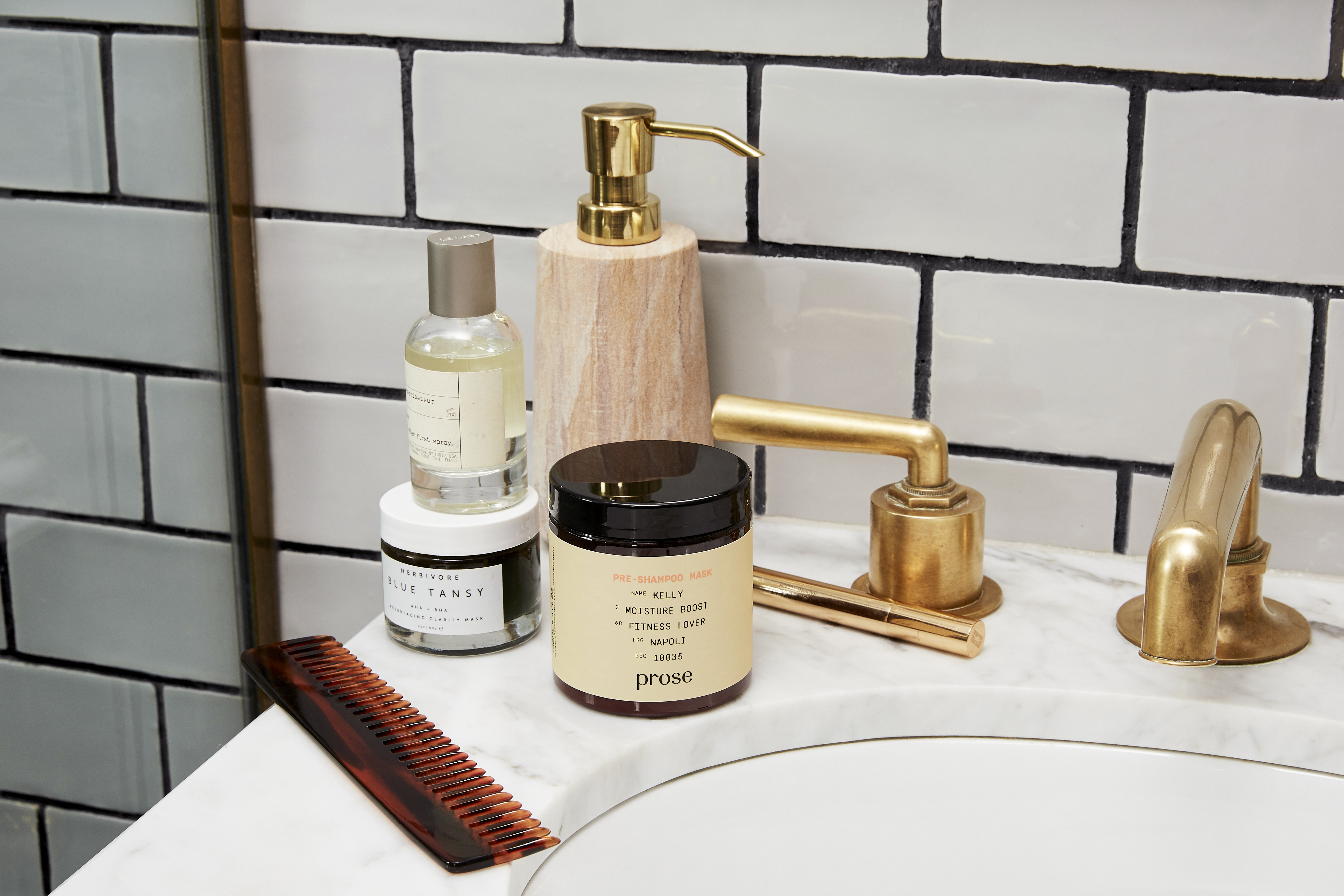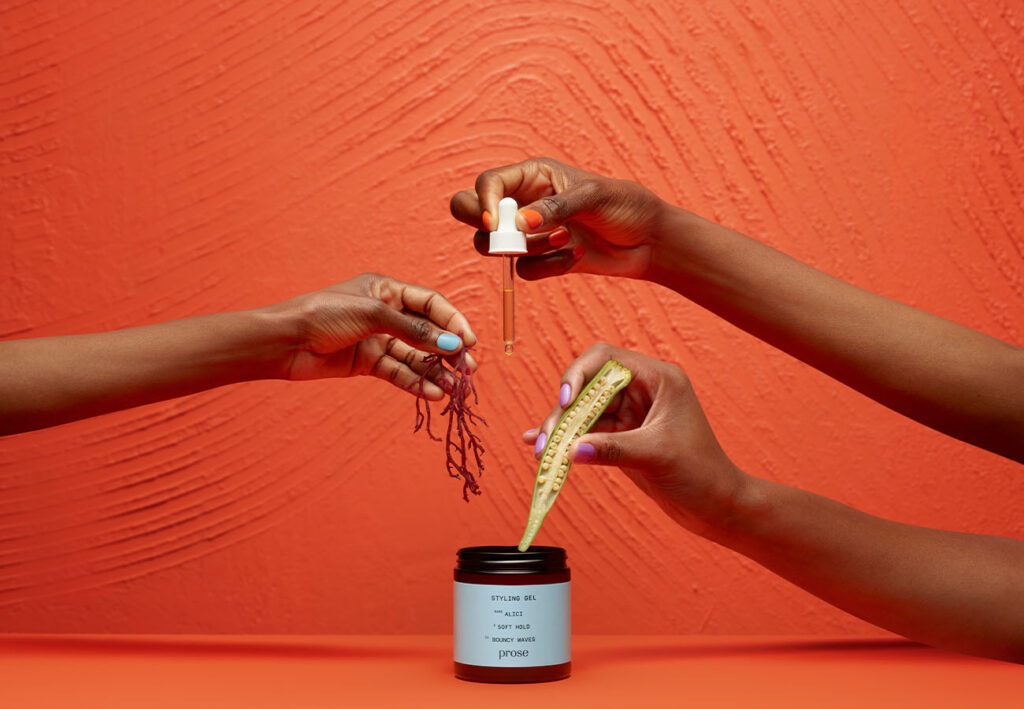Give your strands some slip
Two things that should never be done without an accompanying conditioner: shampooing and detangling. And the latter should be done, ideally, while you’re in the shower and your strands are coated in conditioner—and, thus, extra slippery. This slip allows knots to slide out more easily as you detangle and minimizes the friction caused by combing. For knots you encounter in dry hair, on non-shampoo days, you can also spritz snarled spots with a little detangling spray (a.k.a. a leave-in conditioner), then gently unwind them with a wide-tooth comb. Or, for teensy, stubborn snarls at the very ends of your hair, apply a little conditioner to the tips of your fingers and gently massage until the knot starts to slide apart.
Pro Tip: Other ways to ensure your hair has sufficient slip all the time (and is, thus, less apt to snarl): deep condition weekly, gently brush once a day—depending on your hair type, of course, and finish any conditioning treatment with a cold-water rinse to seal your hairs’ outermost layer and leave strands smoother and silkier.
Squeeze—don’t rub
After you shampoo and condition, always towel-dry your hair with great care. This means gently squeezing water from your ends (like you would hand-washed lingerie) and never aggressively rub your hair and scalp, which can lead to a matted mess of knots.
Protect your hair from your pillow
Plenty of tangles start while you sleep, especially if you toss and turn on a scratchy cotton pillowcase. Switching to a smoother (silk or satin) case will diminish the friction, as will “protecting your hair by putting it in a braid, wrapping it under a bonnet or scarf, or twisting it up in a scrunchie before bed,” says Diaz.
See your stylist regularly
Split ends are more apt to snarl, so getting trims every six to eight weeks will help cut down on knots caused by hair that’s damaged and dividing. Trims are also especially beneficial to curly types who struggle with what’s known as ‘fairy knots,’ those tiny ball-like snarls that start at the bottom of a single, spiraled strand.
Watch out for outside snarl starters
A scarf, zippered jacket, or even your seat belt can abrade the ends of your hair and trigger tangles. So, strive to be conscious of what the ends of your hair are coming into contact with and, if necessary, move your hair out of harm’s way by pulling it into a pony, tucking it under a hat, or just rearranging where it falls around your neck and shoulders.
To ensure your hair is adequately conditioned (and thus slippery enough for snarl avoidance), create a custom Prose hair care routine that’s rich in nourishing, moisturizing ingredients, such as Honey and Plum Oil. Get started here.





